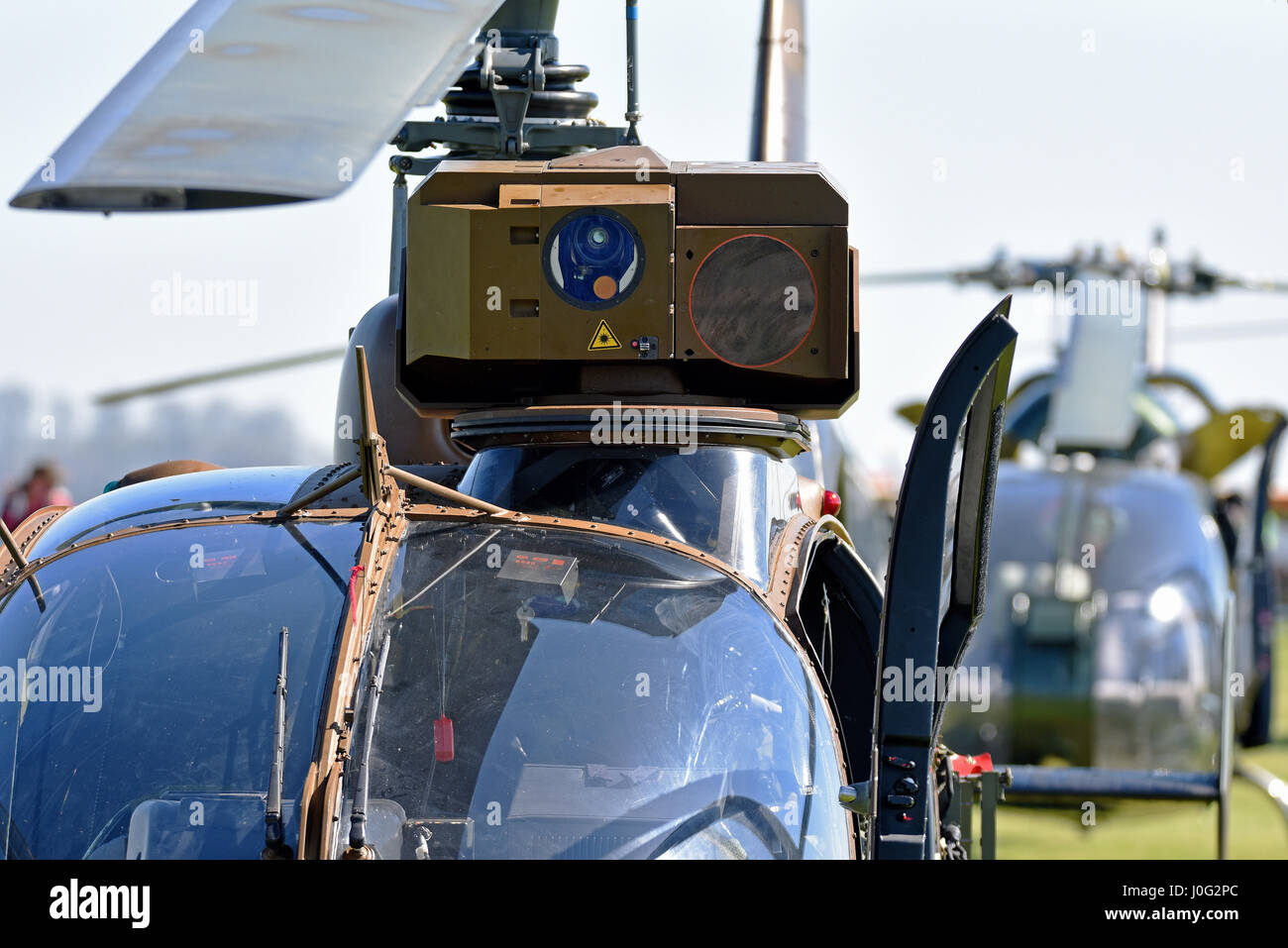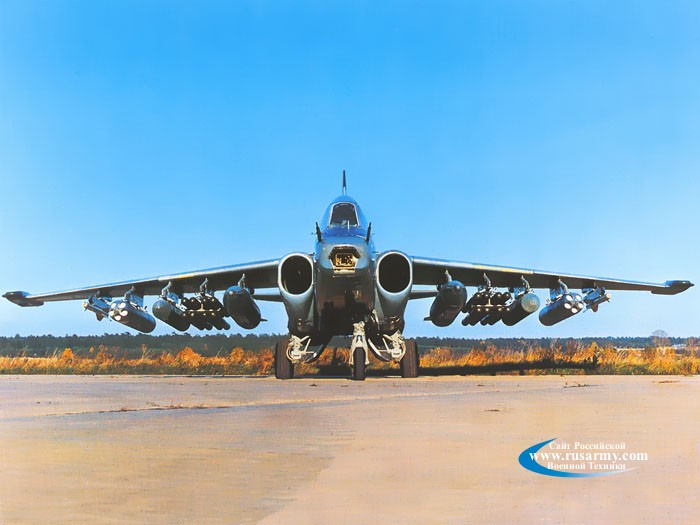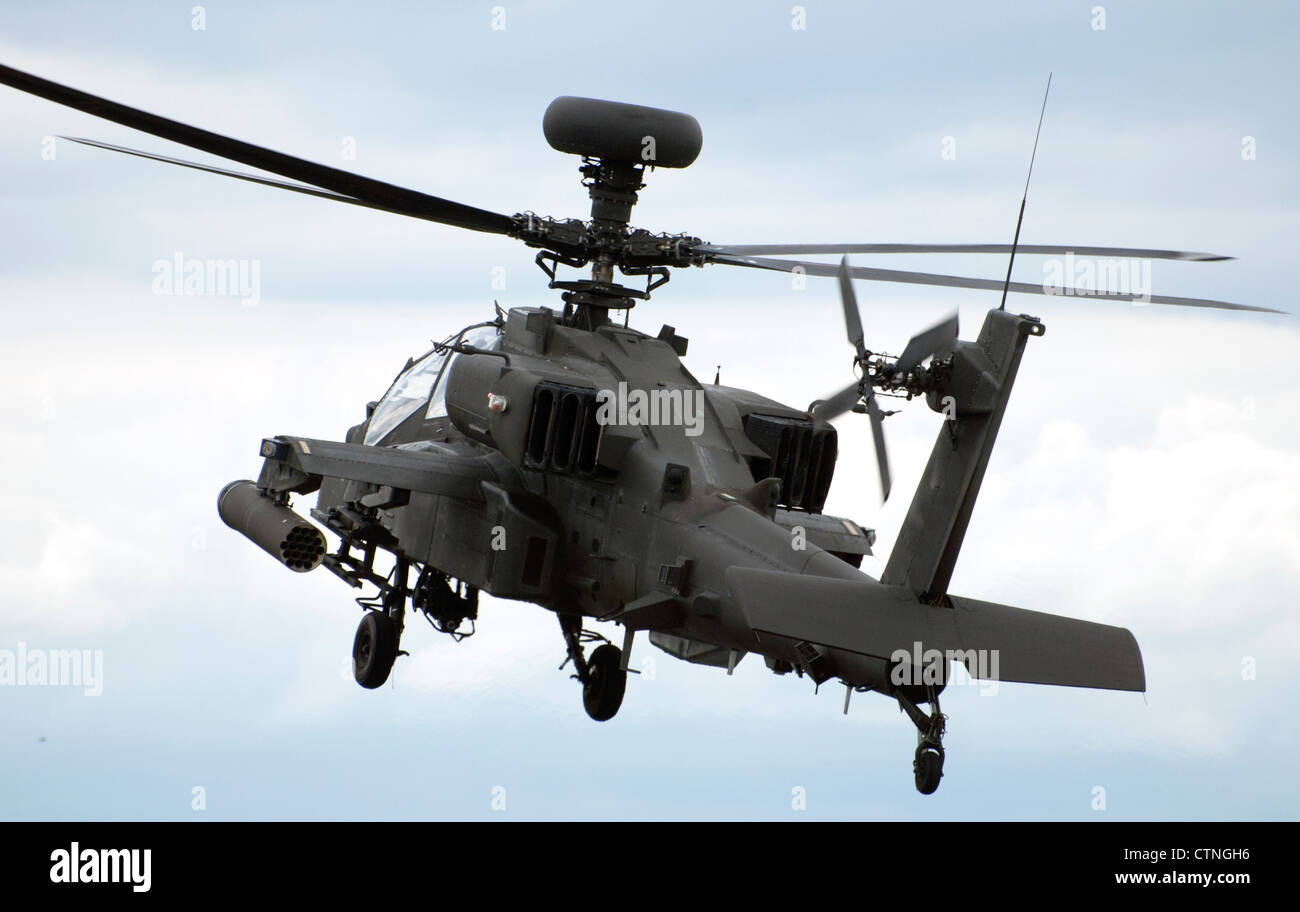I want to preempt some replies to his thread with some clarification: I actually like the mechanic. The mechanic is a good idea and it makes exploration more interactive.
However, after months of careful consideration, I have come to the conclusion that it SHOULD NOT be integrated in every ship, at least without visual restriction/limitation of some kind. Let me explain.
Using this system, I can look all around my ship and acquire perfect telescopic acquisition of planetary bodies without the view being spoiled by the ship itself. This magic camera the flies around the ship to get these views has absolutely no explanation. Let me show you how it should be done.

This is the optics pod on an SA341M Gazelle, used for recon and for targeting and lasing for TOW missiles.

Here, under the starboard wing, is the LANTIRN pod used for guiding GBUs and Mavericks carried by an F-14B Tomcat
Note that these are systems that are predominantly used to guide air-to-surface weaponry, and perform reconnaissance. There are many other kinds, some of which are integrated, for example, the optics systems on some dedicated attack aircraft, like the Su-25T's Shkval system, installed in the nose of the aircraft:

So here's what I propose. First of all, all ships designed with exploration in mind (Diamondback, Asp Explorers, some multirole ships like Python, etc) get an integrated system, but with a limited field of view, forward facing, but with maybe about 60 degrees field of view vertically and laterally. Maybe bigger ships can have multiple integrated systems positioned around the hull. After that, FSS scanning pods can be installed on hardpoints as turrets that rotate around depending on where you're looking. If you have an integrated system on the front, and a turret that can look behind the ship, transitioning between fields of view will be seemless. However, if your field of view is limited, then you'll be required to turn your ship to give your FSS as new field of view.
I have no problem with range. The way I see it, the FSS is a system that integrates telescopic systems with radiometric and gravimetric sensors assisting with the detection of planetary bodies, and telescope technology with great fidelity is not hard to build. But the system as it is takes too many liberties, in my opinion.
Addendum: I want to make it clear that I'm not using the images above to precedent, but as examples of what I'm talking about - optics systems mounted to aircraft to provide visual recon and acquisition, much the same way as FSS is used, but minus the weapons targeting.
Discuss.
However, after months of careful consideration, I have come to the conclusion that it SHOULD NOT be integrated in every ship, at least without visual restriction/limitation of some kind. Let me explain.
Using this system, I can look all around my ship and acquire perfect telescopic acquisition of planetary bodies without the view being spoiled by the ship itself. This magic camera the flies around the ship to get these views has absolutely no explanation. Let me show you how it should be done.

This is the optics pod on an SA341M Gazelle, used for recon and for targeting and lasing for TOW missiles.

Here, under the starboard wing, is the LANTIRN pod used for guiding GBUs and Mavericks carried by an F-14B Tomcat

I have no problem with range. The way I see it, the FSS is a system that integrates telescopic systems with radiometric and gravimetric sensors assisting with the detection of planetary bodies, and telescope technology with great fidelity is not hard to build. But the system as it is takes too many liberties, in my opinion.
Addendum: I want to make it clear that I'm not using the images above to precedent, but as examples of what I'm talking about - optics systems mounted to aircraft to provide visual recon and acquisition, much the same way as FSS is used, but minus the weapons targeting.
Discuss.
Last edited:


